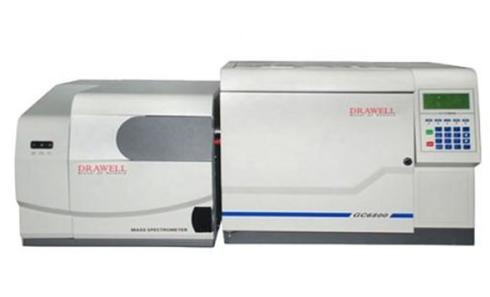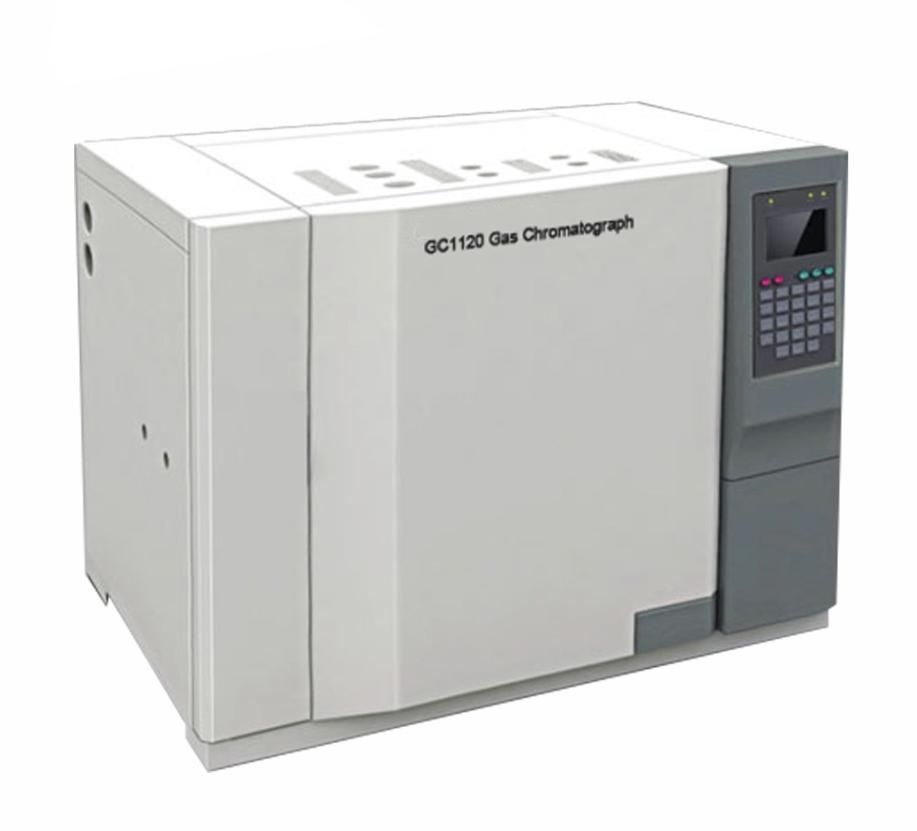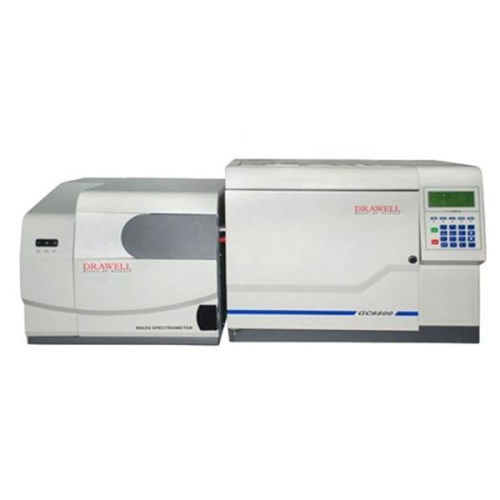In the world of analytical chemistry, scientists constantly seek innovative methods to uncover hidden secrets that lie within complex mixtures of compounds. One such method that has revolutionized the field is Gas Chromatography-Mass Spectrometry (GC-MS). GC-MS is a powerful analytical technique that allows researchers to identify and quantify a wide range of compounds, even those that are virtually invisible to the naked eye. In this article, we will explore what GC-MS is, how it works, and what it can measure, shedding light on the fascinating world of hidden compounds.

What is GC-MS?
GC-MS, short for Gas Chromatography-Mass Spectrometry, is a sophisticated analytical technique that combines two separate methods: gas chromatography and mass spectrometry. Each of these methods serves a specific purpose in the analysis of complex samples.
Gas Chromatography (GC) involves the separation of a mixture of compounds based on their physical and chemical properties. It utilizes a column filled with a stationary phase, and a carrier gas, usually helium, to transport the sample through the column. As the mixture travels through the column, compounds with different affinities for the stationary phase will separate from one another, creating distinct peaks on a chromatogram.

Mass Spectrometry (MS), on the other hand, is a technique used to identify and quantify individual compounds within the separated mixture. It accomplishes this by measuring the mass-to-charge ratio of ions produced from the compounds in the sample. The result is a mass spectrum that provides information about the molecular structure and composition of each compound.
When GC and MS are combined in GC-MS, it becomes a powerful tool for analyzing complex mixtures of compounds, as it allows for both separation and identification of the individual components.
How Does GC-MS Work?
Now that we have a basic understanding of what GC-MS is, let’s delve deeper into how it works. The process can be broken down into several key steps:
- Sample Injection: The first step is to introduce a sample into the GC-MS system. This can be done manually or automatically using a sample injector.
- Gas Chromatography: In this phase, the sample is vaporized and injected into the gas chromatograph. As the sample travels through the chromatographic column, compounds are separated based on their interactions with the stationary phase.
- Mass Spectrometry: As the separated compounds exit the gas chromatograph, they enter the mass spectrometer. Here, the compounds are ionized, typically by electron impact or chemical ionization, and the resulting ions are subjected to a magnetic field, causing them to move in a curved path. The degree of curvature depends on the mass-to-charge ratio (m/z) of the ions.
- Detection and Analysis: The ions are then detected by a mass analyzer, which records their m/z values and intensities, creating a mass spectrum. The mass spectrum serves as a fingerprint for each compound in the sample, allowing for their identification and quantification.

What Does GC-MS Measure?
GC-MS is a versatile analytical technique that can measure a wide range of compounds, making it an invaluable tool in various scientific fields, including chemistry, environmental science, pharmacology, and forensic science. Here are some of the key aspects of compound analysis that GC-MS can address:
- Identification of Compounds: GC-MS excels at identifying unknown compounds within a mixture. By comparing the mass spectra of the unknown compounds to a database of known compounds, scientists can determine their identities with a high degree of confidence. This is particularly useful in forensic investigations and the analysis of complex samples from environmental or biological sources.
- Quantification: GC-MS allows for the precise quantification of compounds in a sample. By measuring the intensity of specific mass peaks in the mass spectrum and comparing them to known standards, researchers can determine the concentration of each compound present. This is essential in fields like pharmaceutical research and environmental monitoring.
- Structural Analysis: Mass spectra generated by GC-MS can provide valuable information about the molecular structure of compounds. This information is crucial for understanding the chemical composition and properties of unknown substances.
- Detection of Trace Compounds: GC-MS is incredibly sensitive, capable of detecting compounds at trace levels, often in the parts per billion (ppb) or even parts per trillion (ppt) range. This makes it suitable for identifying and quantifying contaminants in food, water, air, and soil.
- Drug Testing: In pharmacology and toxicology, GC-MS is commonly used to screen for drugs and their metabolites in biological samples such as blood, urine, and hair. Its high sensitivity and specificity make it an essential tool for drug testing and forensic toxicology.
- Environmental Analysis: GC-MS is employed in environmental science to analyze volatile organic compounds (VOCs), pesticides, and pollutants in air, water, and soil samples. It plays a crucial role in assessing environmental contamination and monitoring compliance with environmental regulations.
Conclusion
In conclusion, Gas Chromatography-Mass Spectrometry (GC-MS) is a remarkable analytical technique that has the ability to detect and identify compounds that are often invisible to the naked eye. Through the combination of gas chromatography’s separation capabilities and mass spectrometry’s molecular analysis, GC-MS has become an indispensable tool for scientists in various fields. It can uncover hidden compounds, quantify their presence, and provide valuable insights into their structure and properties. In an ever-evolving world of research and discovery, GC-MS remains at the forefront of detecting the unseen.

